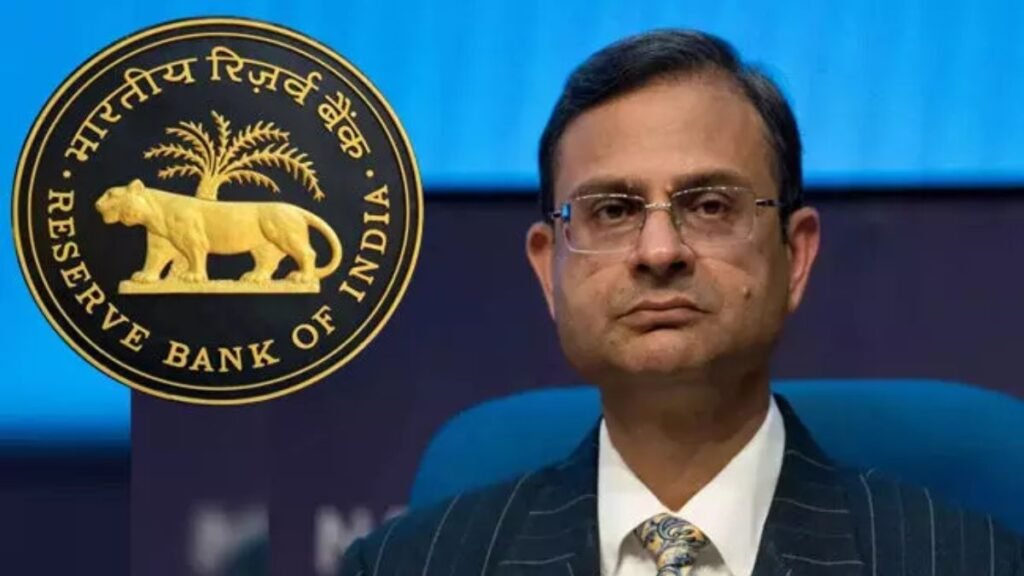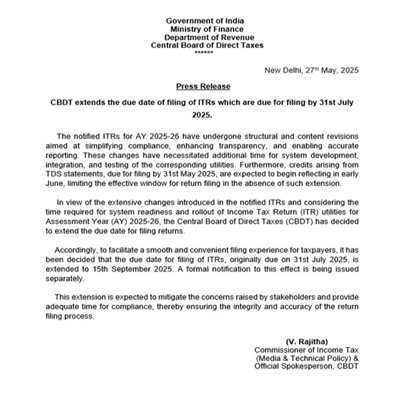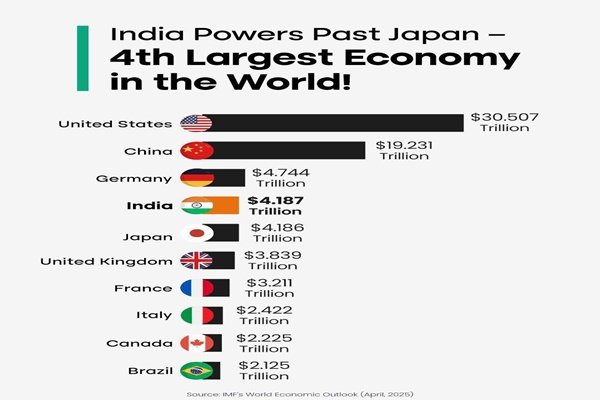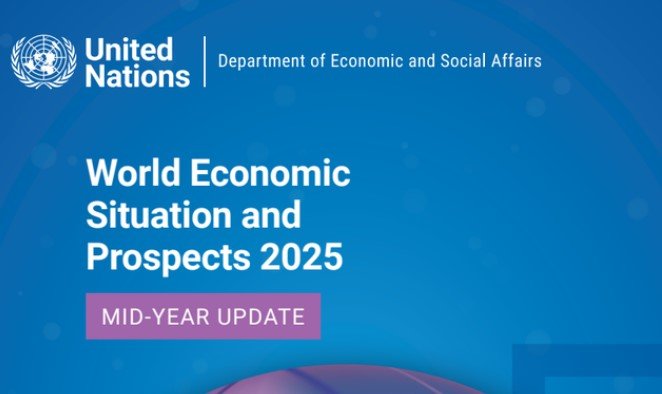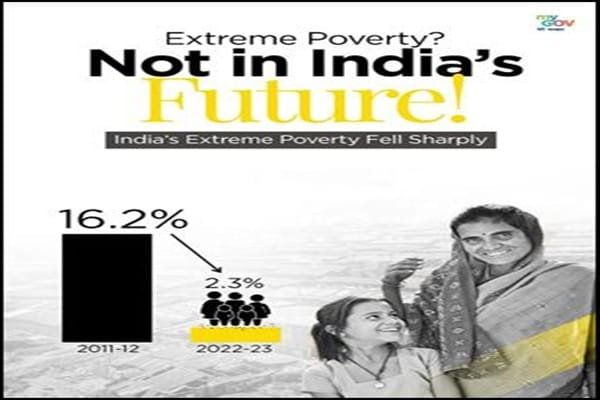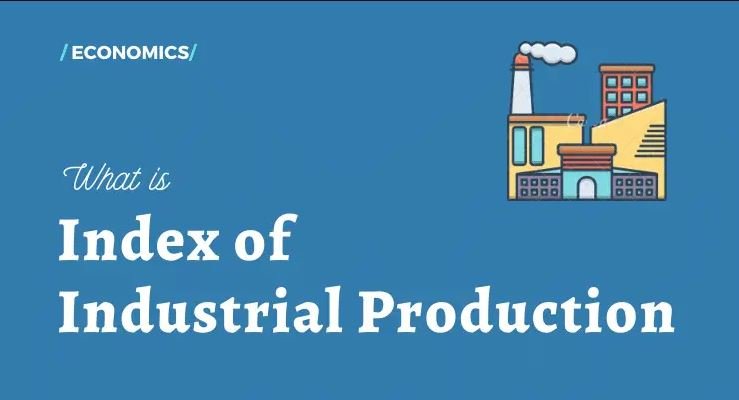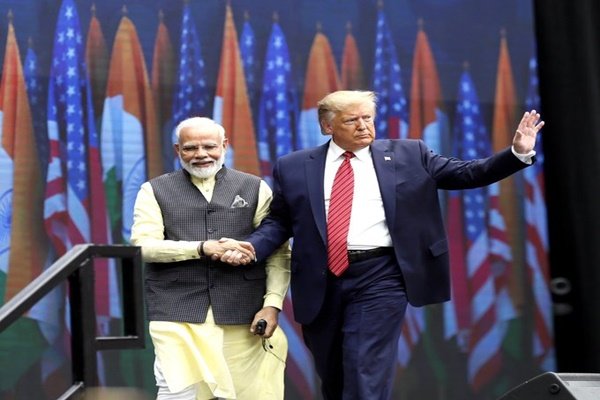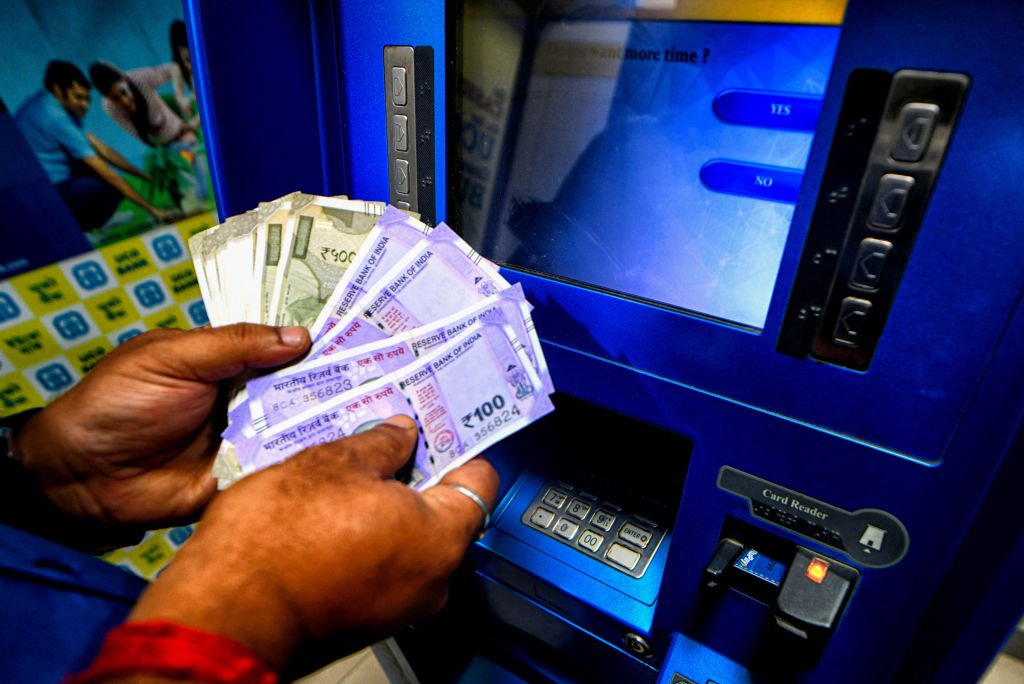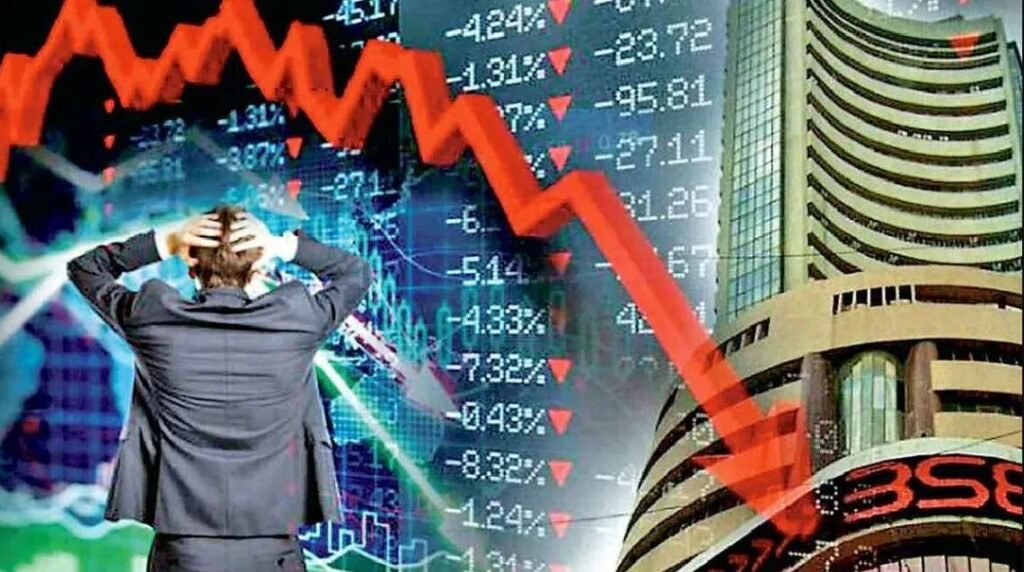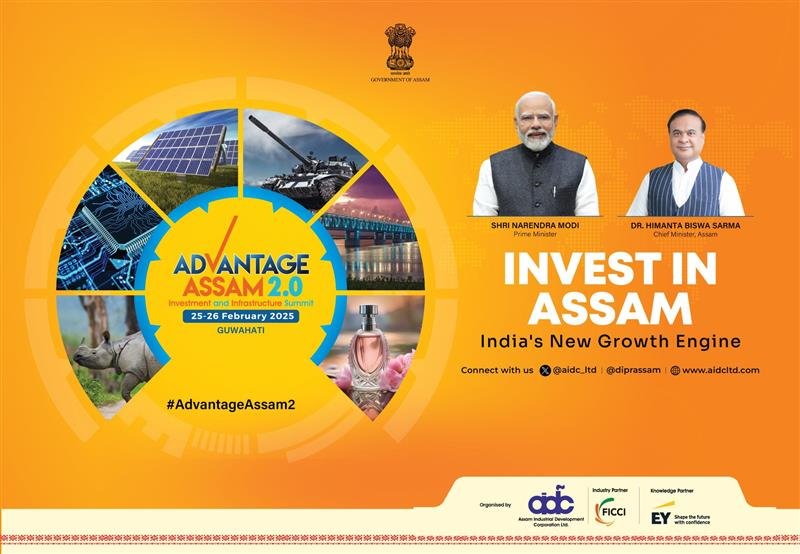Finance Minister Nirmala Sitharaman presented the Union Budget 2025 in Parliament on February 1, 2025. This was her eighth consecutive budget presentation, making her the first Finance Minister to achieve this milestone.
Here are the main highlights of Budget 2025:
Income Tax Reforms: No income tax payable up to ₹12 lakh under the new tax regime.
Capex Increase: Capital expenditure (Capex) rises to ₹11.21 lakh crore for FY2025-26.
Agriculture Initiatives: Launch of Prime Minister Dhan-Dhaanya Krishi Yojana targeting 100 districts with low productivity.
Nuclear Energy Mission: Aim to develop 100 GW of nuclear power by 2047, with ₹20,000 crore allocated for Small Modular Reactors (SMRs).
MSME Support: Customized credit cards for MSMEs, enhanced investment and turnover limits, and a new fund of funds.
Urban Development: ₹1 lakh crore Urban Challenge Fund to transform cities into growth hubs.
Employment Generation: Plans to generate 22 lakh jobs through various schemes.
Regional Connectivity: Modified UDAN Scheme to enhance regional connectivity to 120 new destinations.
Healthcare: Enhanced credit limits for farmers and inclusion of gig economy workers in welfare schemes.
Education: 50,000 Atal Tinkering Labs to be set up in government schools over the next five years.
MCQs on Budget 2025:
Q.: How many consecutive budgets has Finance Minister Nirmala Sitharaman presented as of 2025?
A) Six
B) Seven
C) Eight
D) Nine
Ans: C) Eight
Finance Minister Nirmala Sitharaman presented the Union Budget 2025 in Parliament on February 1, 2025. This was her eighth consecutive budget presentation, making her the first Finance Minister to achieve this milestone.
Q.: Up to what amount is no income tax payable under the new tax regime in Budget 2025?
A) ₹10 lakh
B) ₹11 lakh
C) ₹12 lakh
D) ₹13 lakh
Ans: C) ₹12 lakh
Income Tax Reforms: No income tax payable up to ₹12 lakh under the new tax regime.
Q.: As per Budget 2025, How many Atal Tinkering Labs are planned to be set up in government schools over the next five years?
A) 40,000
B) 45,000
C) 50,000
D) 55,000
Ans: C) 50,000
Education: 50,000 Atal Tinkering Labs to be set up in government schools over the next five years.
